Advancements in Miniaturization
Miniaturization plays a crucial role in the Body Worn Antenna Market, as the demand for smaller, lighter, and more efficient antennas continues to rise. The trend towards miniaturization is driven by the need for unobtrusive designs in wearable devices, which require antennas that do not compromise on performance. Recent technological advancements have enabled the development of antennas that can be integrated into clothing or accessories without affecting comfort or aesthetics. This shift is particularly relevant as the wearable technology market is expected to grow at a compound annual growth rate of over 20% in the coming years. Consequently, the Body Worn Antenna Market is likely to see increased investment in research and development to create innovative solutions that meet these evolving consumer demands.
Rising Demand for IoT Connectivity
The Body Worn Antenna Market is significantly influenced by the rising demand for Internet of Things (IoT) connectivity. As more devices become interconnected, the need for reliable communication solutions becomes paramount. Body worn antennas are essential for ensuring that wearable devices can communicate effectively with other IoT devices, such as smartphones and home automation systems. This trend is expected to drive the market, as the number of connected devices is projected to exceed 30 billion by 2030. The Body Worn Antenna Market must adapt to this growing demand by developing antennas that can support various communication protocols and frequencies, ensuring compatibility with a wide range of IoT applications.
Increased Focus on Health and Safety
The Body Worn Antenna Market is witnessing an increased focus on health and safety, particularly in sectors such as healthcare and emergency services. The demand for body worn antennas is growing as organizations seek to enhance communication capabilities in critical situations. For instance, first responders require reliable communication tools that can function in challenging environments. The market for body worn communication devices is projected to grow significantly, driven by the need for real-time data transmission and improved situational awareness. This trend indicates that the Body Worn Antenna Market is likely to expand as manufacturers develop specialized antennas that cater to the unique requirements of health and safety applications.
Integration with Wearable Technology
The Body Worn Antenna Market is experiencing a notable surge due to the integration of antennas with wearable technology. As fitness trackers, smartwatches, and health monitoring devices gain traction, the demand for efficient body worn antennas increases. These antennas facilitate seamless communication between devices, enhancing user experience. The market for wearable technology is projected to reach approximately 100 billion dollars by 2026, indicating a robust growth trajectory. This integration not only improves connectivity but also supports the development of advanced health monitoring applications, which are becoming increasingly popular among consumers. The Body Worn Antenna Market is thus positioned to benefit significantly from this trend, as manufacturers seek to create more compact and efficient antennas that can be easily embedded in various wearable devices.
Emerging Applications in Sports and Fitness
The Body Worn Antenna Market is also benefiting from emerging applications in sports and fitness. Athletes and fitness enthusiasts increasingly utilize wearable devices to monitor performance metrics, track health data, and enhance training regimens. The integration of body worn antennas in these devices allows for real-time data transmission, which is crucial for performance analysis. The sports technology market is expected to grow substantially, with a projected value of over 40 billion dollars by 2027. This growth presents a significant opportunity for the Body Worn Antenna Market, as manufacturers strive to create antennas that can withstand rigorous physical activity while providing reliable connectivity.


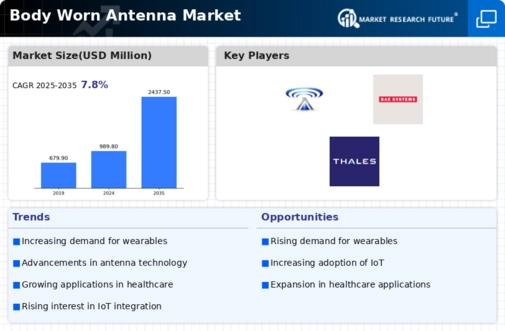



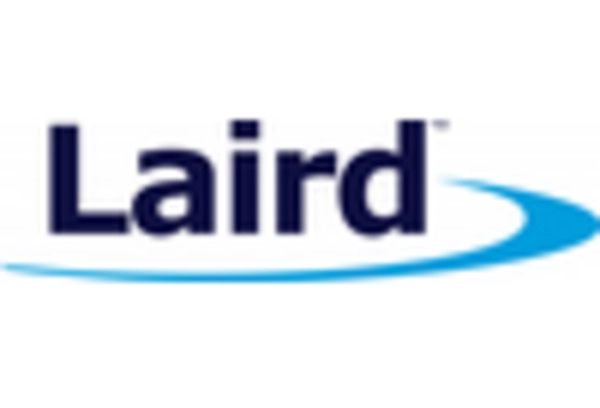
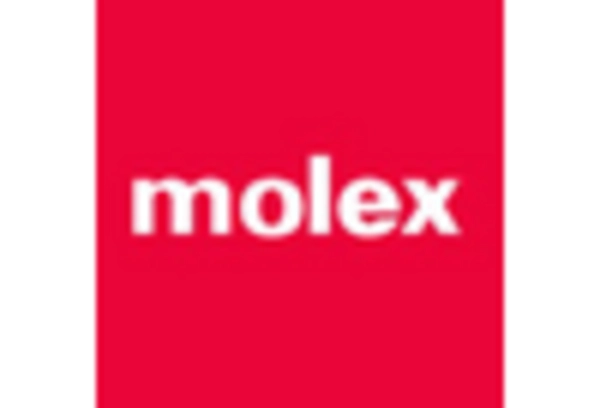
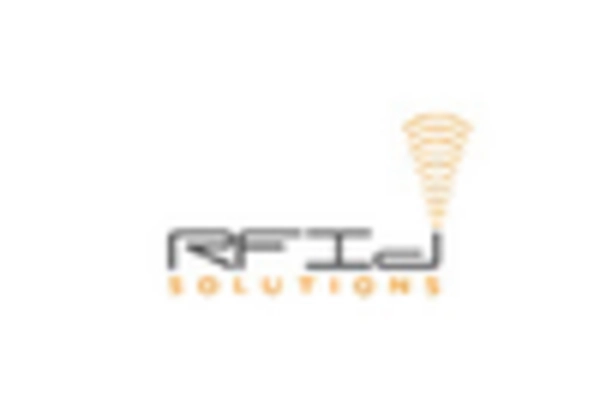
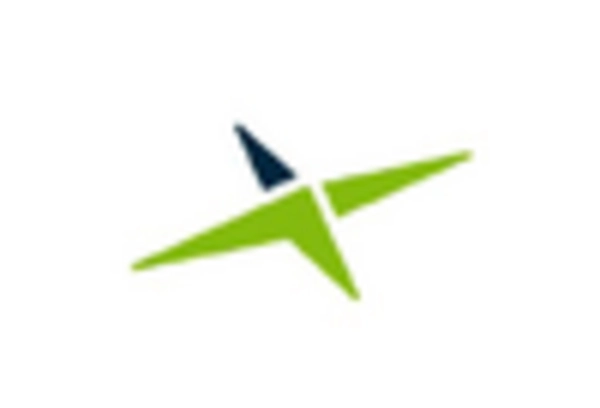








Leave a Comment